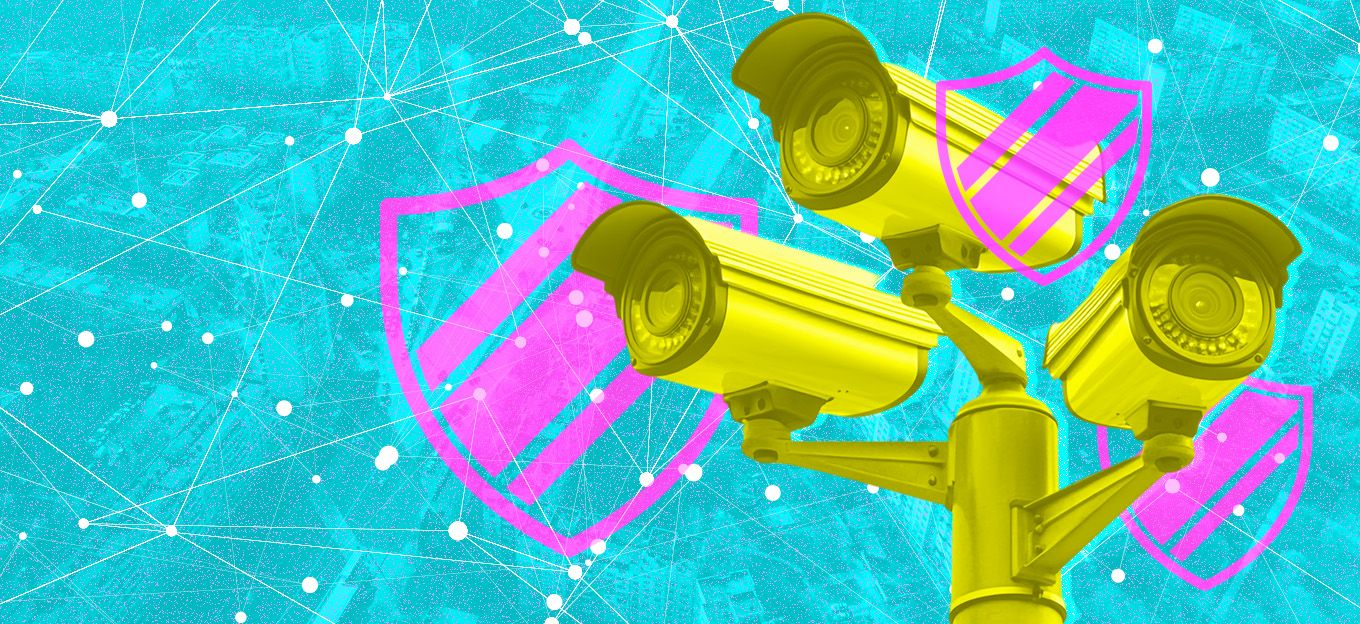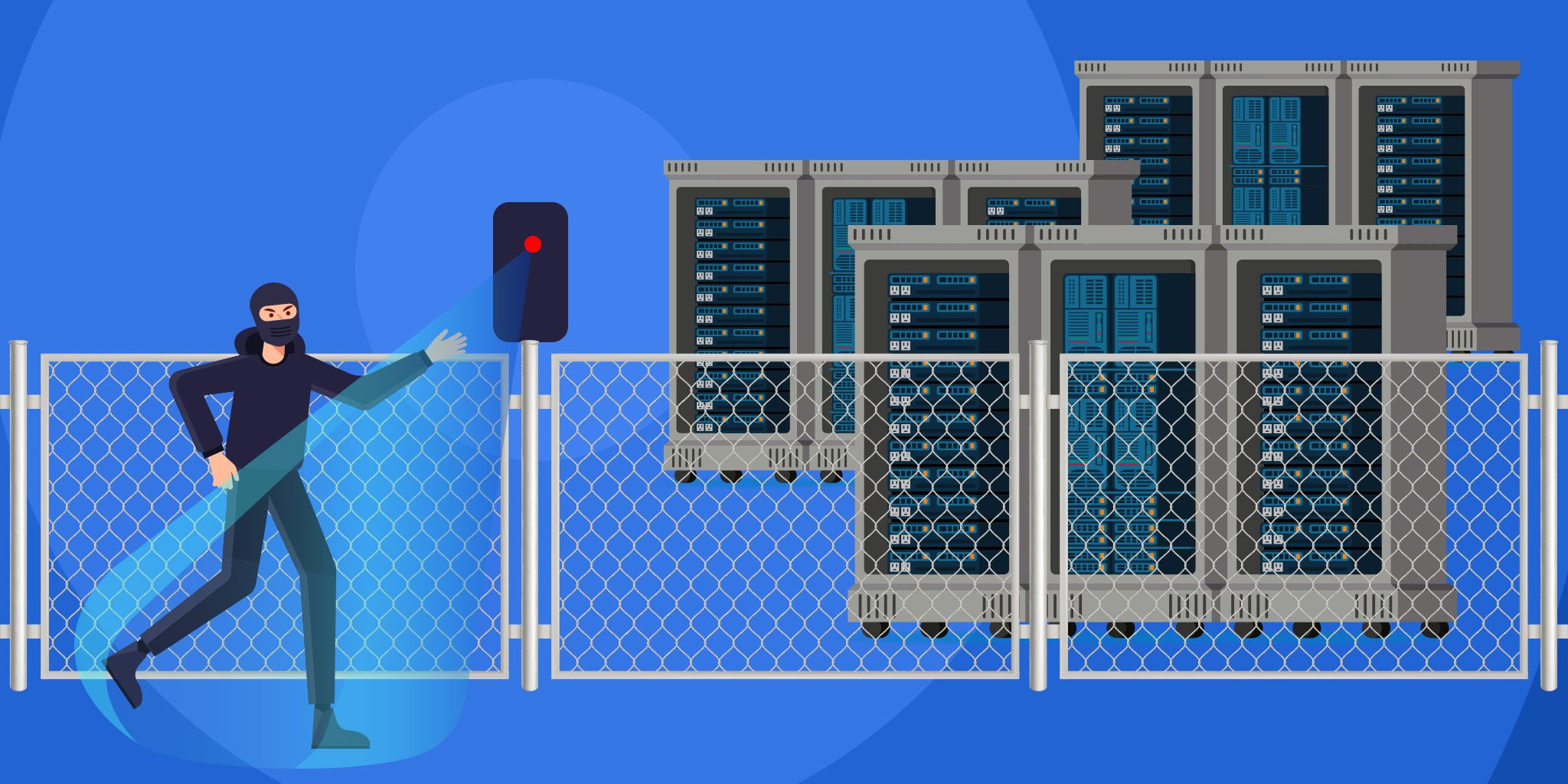IoT Is a Breakthrough for Automation Systems, But What About Security?
IoT Is a Breakthrough for Automation Systems, But What About Security?
- Last Updated: December 2, 2024
Guest Writer
- Last Updated: December 2, 2024



We live in an era where we’re not just surrounded by air anymore! The aura of invisible interconnected devices and networks consistently encircles us! The number of smart IoT devices is set to surpass the 14.5 billion mark in 2022, and the same is expected to surge to 27 billion in 2025. This is enough to portray the popularity and reliance on intelligent, interconnected experiences that people enjoy globally. However, when we see through the lens of information security experts, the IoT ecosystem isn’t as secure as it seems to be.
With around 1.51 billion breaches in the first half of 2021 alone, users in the IoT landscape are always at risk of identity theft and data exploitation. On the other hand, IoT-driven automation systems, including building automation systems and HVAC systems, are vulnerable to various threats. These threats may not only compromise consumer identities on a large scale but eventually tarnish the brand image of both IoT vendors and distributors.
'Various security challenges could hinder automation systems from leveraging IoT to its full potential without putting the overall security at risk.' - LoginRadius
So what can be the ideal solution for overcoming the security dilemma, especially when global privacy and data regulations are becoming more stringent? Let’s dig deeper into this and understand the security aspects of modern IoT-driven automation systems.
Robust Security: A Necessity for IoT-Driven Automation Industry
Since the IoT and smart devices collect heaps of consumer data stored over the cloud and are managed in real-time, leveraging the traditional security tools and practices to ensure security doesn’t make any sense. As far as the automation industry is concerned, providing real-time access to applications and devices and ensuring robust security without human intervention becomes an uphill battle.
Moreover, cybercriminals are always looking for a loophole in the networks that provide frequent access to resources, devices, and applications that they can exploit to sneak into a network. Hence, stringent security mechanisms become crucial for businesses leveraging IoT to automate their processes.
Here’s where the role of a centralized data infrastructure seamlessly routes all IoT devices through an API that further offers insights regarding machine-to-machine access and user access in real-time.
Through zero-trust principles and machine-to-machine access management, businesses can deliver a seamless, secure, and monitored experience to their customers without compromising their identities and personal information.
Security Challenges for IoT Automation Systems
Various security challenges could hinder automation systems from leveraging IoT to its full potential without putting the overall security at risk. Let’s look at several challenges in detail and how businesses can ensure robust safety.
#1: Cloud and System Automation
Building an automation system requires several vendors with different functionalities or devices that work harmoniously to solve a purpose. These vendors further utilize IoT systems but they still need adequate on-premise access. Here’s where security challenges and vulnerabilities begin to emerge. Initially, every IoT system with all software and physical components could be the potential vector for cyber attacks. Also, the vendors offering services to the end-user may find it difficult to ensure security best practices that are incorporated into the entire network.
#2: Retained Access
Another big issue regarding the security of the IoT-driven systems is that many vendors retain access to hardware, applications, or devices even if their products are no longer in use. These deployments that aren't updated or monitored pose an additional threat to the vendors and end-users accessing the services. They should be removed as soon as possible to avoid any chance of data breach. Attackers are always on a hunt for these loopholes to exploit consumer data and sensitive business information.
#3: Managing Cloud Infrastructure
Cloud computing and data storage is considered the most secure way to store, manage, and process data. However, certain cloud infrastructure implementation loopholes could lead to data breaches.
Businesses need to follow a holistic approach to deploying their cloud infrastructure by ensuring their vendors adhere to data security and privacy regulations. Apart from this, investing in cutting-edge security tools and analytics could also enhance overall security and streamline cybersecurity operations in real-time, especially for the systems designed to automate processes.
The Bottom Line
Businesses looking to jump on the automation bandwagon by leveraging IoT shouldn’t ignore the challenges associated with its deployment. Whether it’s access control or securing consumers’ identities, robust security measures with a zero-trust model could help businesses ensure the highest level of security without any hassle.
Moreover, leveraging cutting-edge tools and technologies to safeguard sensitive data could help vendors craft seamless and secure experiences for various automated processes in diverse verticals. Businesses need to work on their security profile by incorporating an information security plan with best security practices and adequate rules for compliance.
The Most Comprehensive IoT Newsletter for Enterprises
Showcasing the highest-quality content, resources, news, and insights from the world of the Internet of Things. Subscribe to remain informed and up-to-date.
New Podcast Episode

IoT and AI in 2026
Related Articles





